Rarely a day goes by without a glance at Mt Ariake. It is not fully visible from our house but towers majestically over the whole surrounding village and beyond, says Surendra.
Mt Ariake
When we first came to this area four years ago, a friend said: ‘If you get lost, just point yourself towards Mt Ariake.’ In the Northern Alps of Japan, Mt Ariake, standing at 2268 metres, is of average size. Until recently, ‘Alps’ was thought to be a misnomer for this mountain range as it is not composed of ice glaciers. However, glacial traces have been discovered and it is now thought that the original ice glaciers in the area shrank some 12,000 years ago. Their composition changed as they became increasingly covered with debris. Eventually, the glacial ice was replaced by ice-cored rocks known (unsurprisingly) as rock glaciers. All glaciers are in a state of motion that is imperceptible to all but a few, such as Zen master Dogen, of the thirteenth century.
All waters appear at the foot of the eastern mountains
Accordingly, all mountains ride on clouds and walk in the sky
Climbing
Because of its conical shape and flat top, Mt Ariake is thought to resemble the iconic Mt Fuji. It is sometimes called Shinano-Fuji, referring to the longest river in this country. The Shinano river flows from these Northern Alps through two prefectures to the Sea of Japan. Although there is a trail head of sorts, Mt Ariake is not an easy climb and is best left to seasoned mountaineers, not casual hikers, like me. Most visitors travel on up the mountain road, passing Mt Ariake, to reach the approach to Mt Tsubakuro. Here the trails are well maintained, clearly marked and unlike Mt Ariake, do not entail any rope work. There is even a lodge near the summit of Mt Tsubakuro.
Shugendo
Although visually distinctive, Mt Ariake has remained relatively unexplored. It has been linked with Shugendo, a collective label for hermit monks seeking enlightenment through direct contact and immersion in nature. The rudimentary trails on Mt Ariake may have been created by such wanderers who lived and visited there. Shugendo was, until recently, a very secret practice and its beliefs and rituals could only be passed on from master to disciple after they had attained a certain level of centring. Its followers are known as Yamabushi, literally, ‘those who lie down in the mountains’.
The path of the Yamabushi is a warrior’s way. Like the mountains they frequent, physical strength and endurance are fundamental. They manage to survive in temperatures that hover below minus 10°C. Mastery of special breathing techniques enable Yamabushi to remain standing, sparsely clad, in the snow and under waterfalls in deep winter. Because Yamabushi spend long periods on their own in the mountains they have been estranged and often feared by local communities. Like their most famous practitioner, En no Gyōja of the seventh century, they have also been attributed with supernatural powers such as shape shifting.
Photographs
From time to time, over a couple of years, the weather presented me with exciting opportunities for a worthwhile picture of Mt Ariake. This winter, 2017 to 2018, I set myself a less fickle project to regularly photograph this mountain, at least once every week, under varying conditions of light and with different types of cloud formations. Keeping more or less the same viewpoint has ensured that this series is mainly about the effects of those changing weather phenomena. As expected, the first light of the early morning sun, which fell directly on this east facing marvel, offered the most colourful and extraordinary images. The surprise was how dramatically and swiftly the drama and technicolour disappeared. Often, within half an hour, the gaudy clouds and intense glows of first light became dense grey mist, at least over the upper section. Even when bright skies remained, fading hues and thin clouds created a less interesting, predictable uniformity. From time to time through each day, I kept an eye out for a memorable image but for a good part of the winter, the peak was obscured or the light bland. Apart from a few inevitable exceptions, to catch the moment and find the treasure, I had to get outdoors before that early morning cup of tea.
The Inner Mountain
The project often entailed waiting in the cold, with fascination, as the light dramatically changed and visually transformed the surface of Mt Ariake. As the work progressed, I became more present to the abiding substance behind these fleeting mutations. I was looking at a being that has been around for a very long time.
Mountains have been the abode of great sages
from the limitless past to the limitless present
Wise people and sages all have mountains as their inner chamber,
as their body and mind
Because of wise people and sages, mountains appear
You may think that in mountains many wise people
and great sages are assembled
But after entering the mountains,
not a single person meets another
There is just the activity of the mountains
There is no trace of anyone having entered the mountains
Dogen
Man’an Eishu
In spite of a few chilblains, I had a great time taking these pictures and making a selection from what accrued as a large collection of photographs. Mountains have a special appeal for most of us. Their formidable, enduring presence can reach into our depths, their soaring heights can help us to fly. Another Zen Master, Man’an Eishu, wrote:
Unfettered at last, a traveling monk,
I pass the old Zen barrier.
Mine is a traceless stream-and-cloud life,
Of these mountains, which shall be my home?
 Surendra is a regular contributor – surendraphoto.com
Surendra is a regular contributor – surendraphoto.com
All articles by this author on Osho News





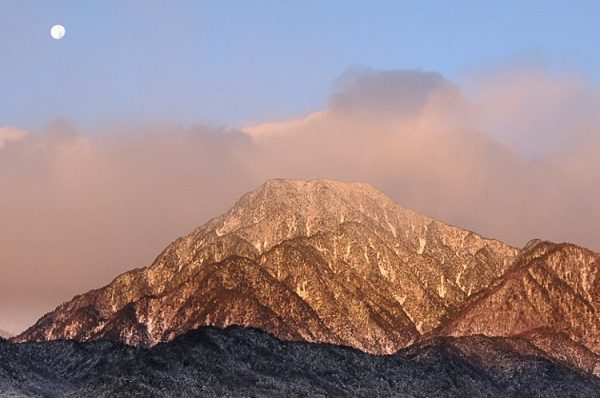
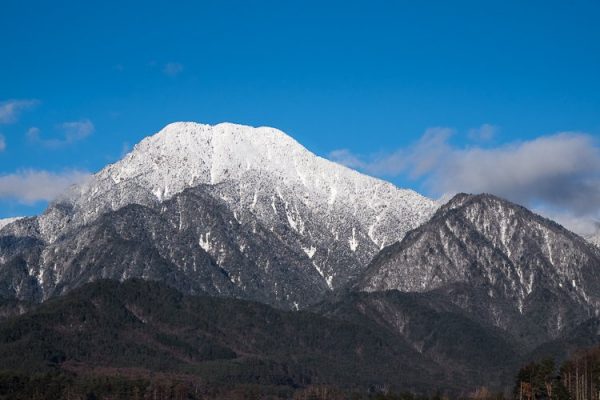
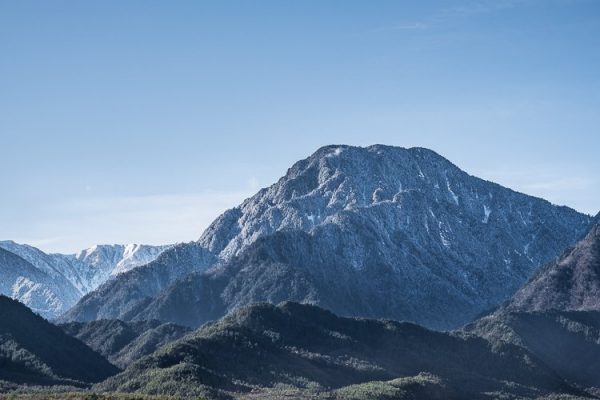
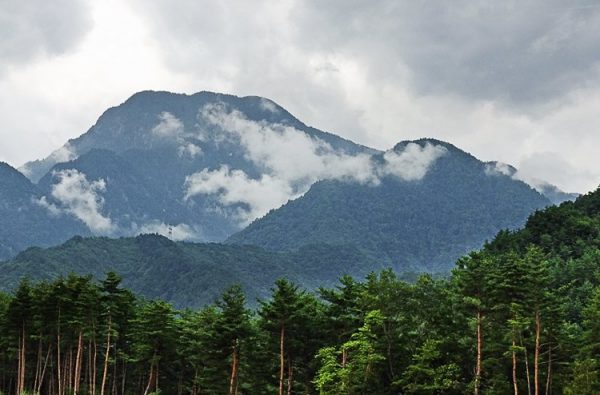
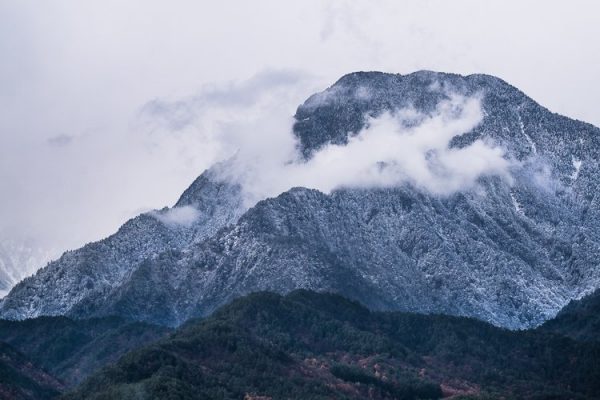
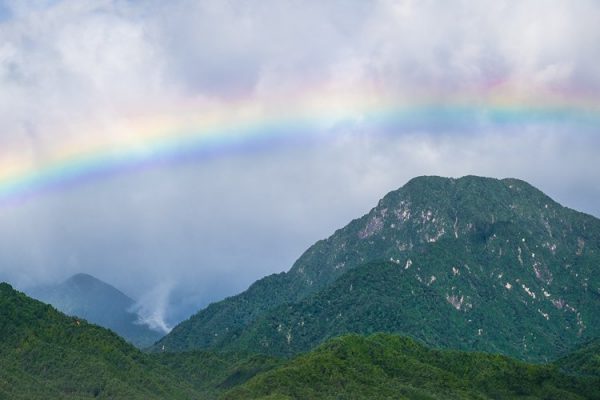



Comments are closed.